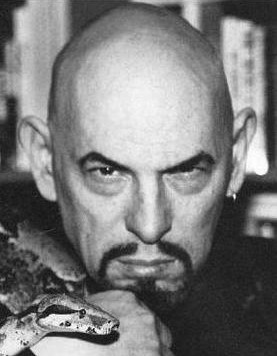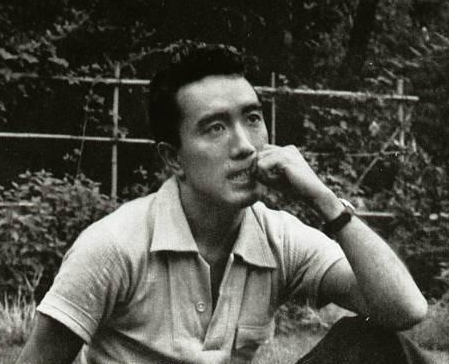"Les Diaboliques" is the title of the film adaptation of the Boileau-Narcejac novel "Celle qui n'était plus" (She, who was no more). Written in 1952, the novel appeared in English in 1954, and in 1955 it was made into a film by H. G. Clouzot, who obtained film rights to the novel a little before Hitchcock could have. All the more interesting, that today the name Boileau-Narcejac seems to have lost its familiar ring to the fans of the thriller genre, unlike their American counterparts (e.g. Chandler). English translations of the novel are hard to come by and some sellers ask astronomical prices for them. The pseudonym refers to two authors, Pierre Boileau and Thomas Narcejac, who much in the style of Ellery Queen, divided the task of plotting and writing among themselves. The aforementioned novel is their first success to be followed by many other.
The first thing that comes to mind about the rather short novel is the strong atmosphere. The reader follows a murder plot, and as the characters move along in the dark and misty world surrounding them, one has the feeling that we are turning away from reality into a world of inner fears to complete a psychological journey with a dramatic conclusion at the end. It is like a landscape at night, with an interplay of dark shades that has some unearthly beauty for the outside observer, but crushes the main character with its deadly magnetism. The novel consists of such scenes, for instance a nocturnal journey with a dead body in the back of the car, where every little obstacle tries the mental stability of the plotters. Much emphasis was laid on the ending in the trailer for the movie. It should be mentioned that whereas the background had been changed for the movie, the structure of the plot, and the main twist survived. However, the film is much less pessimistic, the atmosphere is somewhat lighter. Nevertheless, it was made in the spirit of the novel, about the same aspects of human nature. Interestingly, there is an exchange of roles as the main character in the novel corresponds more to his wife in the movie, and vice versa. It seems the makers of the film did not envision a psychologically tormented, weaker male character, but a rather menacing and tyrannical one. Thus, in a way, film and novel are complementary, both recommended heartily.
The first thing that comes to mind about the rather short novel is the strong atmosphere. The reader follows a murder plot, and as the characters move along in the dark and misty world surrounding them, one has the feeling that we are turning away from reality into a world of inner fears to complete a psychological journey with a dramatic conclusion at the end. It is like a landscape at night, with an interplay of dark shades that has some unearthly beauty for the outside observer, but crushes the main character with its deadly magnetism. The novel consists of such scenes, for instance a nocturnal journey with a dead body in the back of the car, where every little obstacle tries the mental stability of the plotters. Much emphasis was laid on the ending in the trailer for the movie. It should be mentioned that whereas the background had been changed for the movie, the structure of the plot, and the main twist survived. However, the film is much less pessimistic, the atmosphere is somewhat lighter. Nevertheless, it was made in the spirit of the novel, about the same aspects of human nature. Interestingly, there is an exchange of roles as the main character in the novel corresponds more to his wife in the movie, and vice versa. It seems the makers of the film did not envision a psychologically tormented, weaker male character, but a rather menacing and tyrannical one. Thus, in a way, film and novel are complementary, both recommended heartily.




